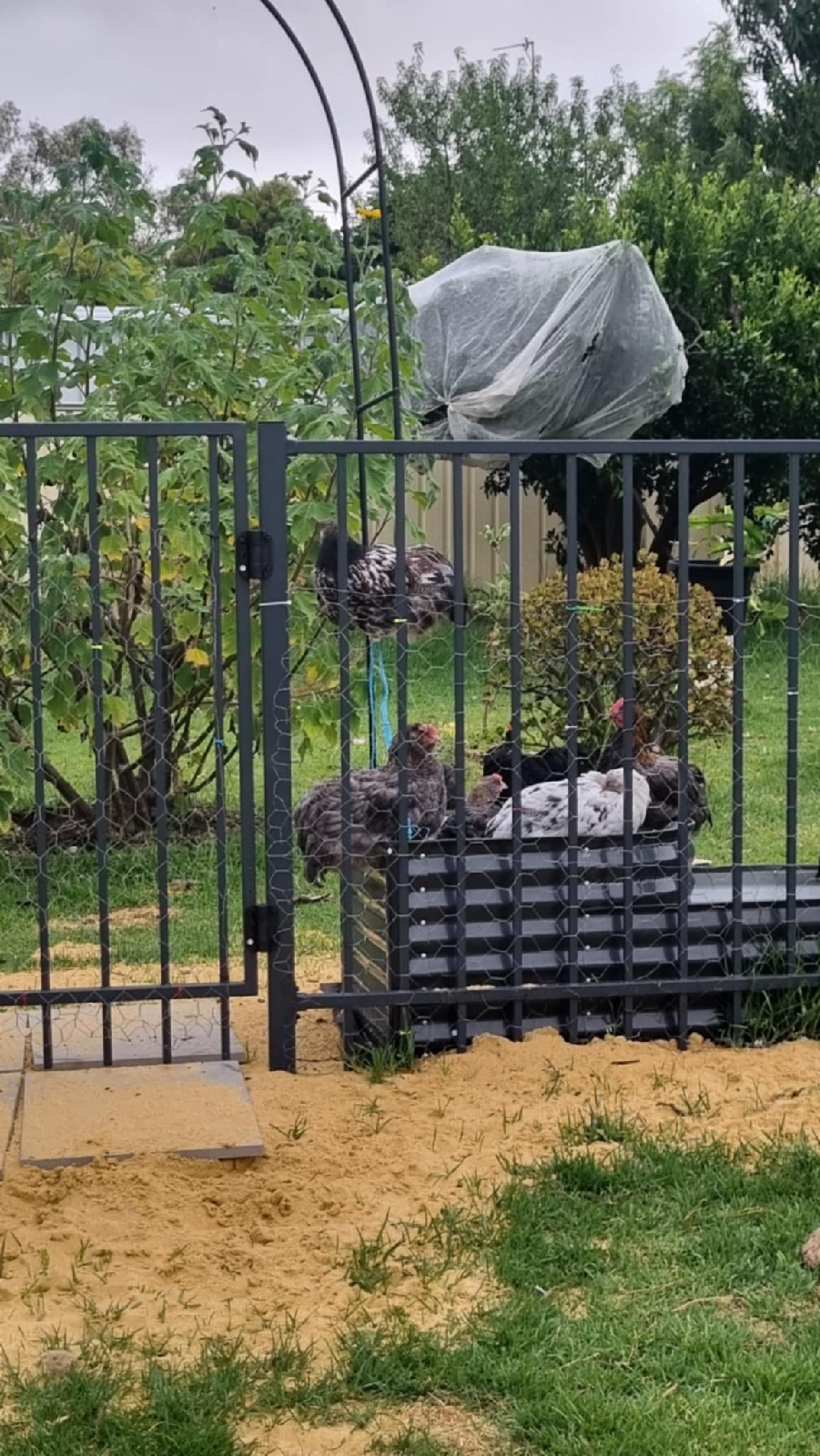Home Composting! A New Lease On Life
Composting is a fantastic thing, it takes all those things that you would normal throw out, and gives them a new lease on life.
I didn't realise until I got curious and started researching, but composting goes all the way back to 2334 BC, where it was first recorded on clay tablets by the Mesopotamian Akkadian Empire!
It's use has also been recorded in Ancient Greek, Roman, Egyptian, Native American and Chinese societies.
Up to 12,000 years ago evidence suggests the Scots have been using compost on their farms for enriching their soils.
Compost is highly beneficial for your garden, it can provide nutrients value, and aid with water retention. It also saves you time; you don't have to go through the long process of collecting and bagging and waiting for the bin man to take it away. It also saves you money; you don't have to buy bags of compost, and then dispose of those horrible plastic bags they come in.
Below is a rough guide of what should and shouldn't be composted in the home system!

There are many ways to compost, and many different sizes of systems, so generally there's something for most gardens.
The above are a rotatable tumbler option, you don't have to manually turn over your compost with a fork, instead you simply rotate the handle. They come in single or double barrels, although you don't have as much space as the manual turn ones.
Aerobins have a thermal insulation which allows for a more stable and consistent temperature, this makes them great for the hot composting process.
Bin styles mean a bit of a slower process, but some can be easily collapsible if you need to move it, they also have little doors at the base to let you get all the good stuff ready at the bottom without disturbing the rest of your heap.
In ground composters are smaller but encourage worms to travel through them and break down all your scraps that way, meaning you also get wonderful wormcastings through your compost!
With all options it is essential to get the right balance between green and brown materials, when the balance is off thats when things start to smell funny and bugs start hanging around.
The ideal ratio is about 30:1 (30 parts brown materials, carbon rich materials, to 1 part green material, which are nitrogen rich).
Brown material are things such as:
. Fallen leaves
. Sawdust
. Sticks and twigs
. Cardboard and paper
. Dried grass/hay/straw
Green materials include:
. Grass cuttings
. Kitchen scraps
. Plant trimmings
. Animal manure (not pet)
. Seaweed/ algae
Did you know by home composting you can reduce methane emissions from landfills? What are you waiting for?!











Comments
Post a Comment